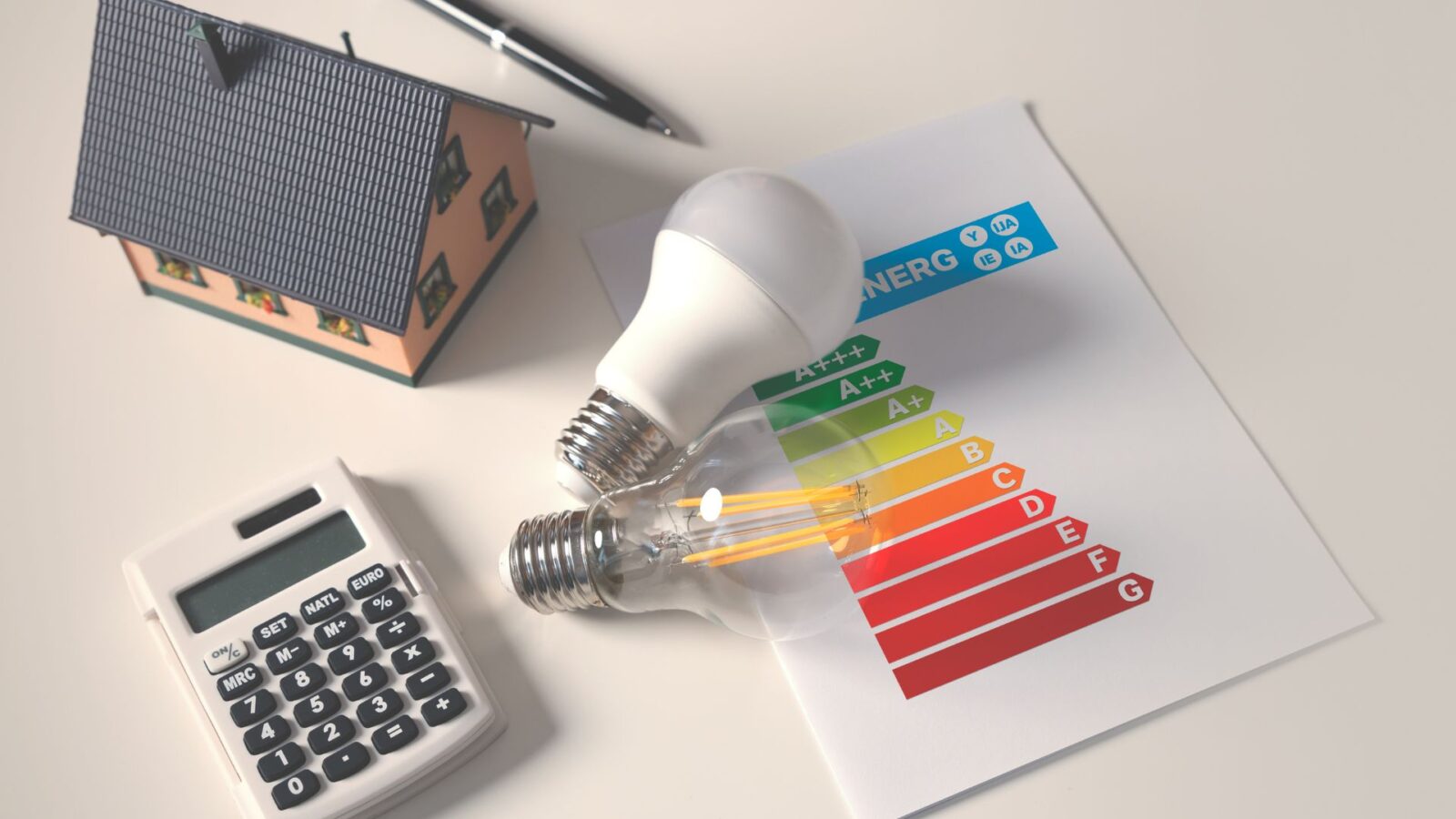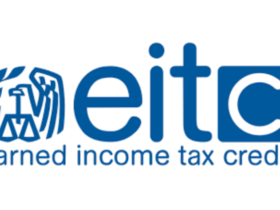High energy bills can be a significant financial burden, especially during extreme weather conditions. Fortunately, the Low Income Home Energy Assistance Program (LIHEAP) can help alleviate some of these costs for eligible households. Here’s a detailed guide on how to apply for LIHEAP benefits and save on your energy bills.
What is LIHEAP?
The Low Income Home Energy Assistance Program (LIHEAP) is a federal program designed to assist low-income households with their energy bills. Administered by the U.S. Department of Health and Human Services (HHS), LIHEAP provides financial assistance to help cover heating and cooling costs, making energy bills more manageable for eligible individuals and families.
Who is Eligible for LIHEAP?
Eligibility for LIHEAP varies by state, but generally, the program targets low-income households. Key factors influencing eligibility include:
- Income: Household income must be at or below a certain percentage of the federal poverty level (FPL). This percentage varies by state.
- Household Size: Larger households may qualify for higher income limits.
- Residency: Applicants must be residents of the state or territory where they are applying.
- Utility Status: You must be responsible for paying the energy bills directly or through a landlord.
Each state has its own specific guidelines and income limits, so it’s essential to check with your local LIHEAP office for precise eligibility criteria.
How to Apply for LIHEAP Benefits
Applying for LIHEAP benefits involves several steps. Here’s a step-by-step guide to help you through the process:
1. Gather Required Documents
Before applying, collect the necessary documents to prove your eligibility:
- Proof of Income: Recent pay stubs, Social Security benefits, pension statements, or other income sources.
- Proof of Residency: A utility bill, lease agreement, or other documentation showing your address.
- Identification: A valid ID, such as a driver’s license or state ID.
- Utility Bills: Recent heating and cooling bills.
2. Contact Your Local LIHEAP Office
LIHEAP is administered at the state and local levels. Find your local LIHEAP office to get specific information on how to apply:
- Visit the LIHEAP Website: The LIHEAP Clearinghouse provides contact information for state and local offices.
- Call the Office: Use the contact number provided to speak with a representative and inquire about the application process.
3. Complete the Application
You can typically apply for LIHEAP benefits in several ways:
- Online: Many states offer online application portals. Check your state’s LIHEAP website for an online application option.
- In-Person: Visit your local LIHEAP office to complete a paper application.
- By Mail: Some offices may accept applications sent by mail. Obtain the application form from your local office and submit it as instructed.
4. Attend an Interview or Provide Additional Information
Depending on your state’s requirements, you may need to:
- Attend an Interview: Some states require an in-person or phone interview to complete the application process.
- Provide Additional Documentation: Submit any additional documents requested by the LIHEAP office to verify your eligibility.
5. Wait for Approval
After submitting your application, the LIHEAP office will review it and determine your eligibility. You will be notified of the decision and any benefits awarded.
Tips for a Successful Application
- Apply Early: LIHEAP benefits are often distributed on a first-come, first-served basis. Apply as early as possible, especially before peak heating or cooling seasons.
- Keep Records: Maintain copies of all documents submitted and any correspondence with the LIHEAP office.
- Follow-up: If you haven’t heard back within a reasonable timeframe, contact the LIHEAP office to check on the status of your application.
Benefits of LIHEAP
- Direct Financial Assistance: LIHEAP can provide financial aid to help pay for heating and cooling costs, reducing the burden of high energy bills.
- Crisis Assistance: In cases of emergency, such as a utility shut-off or extreme weather conditions, LIHEAP may offer additional crisis assistance.
- Weatherization Services: Some states provide weatherization services to improve energy efficiency in your home, further reducing energy costs.





Leave a Reply